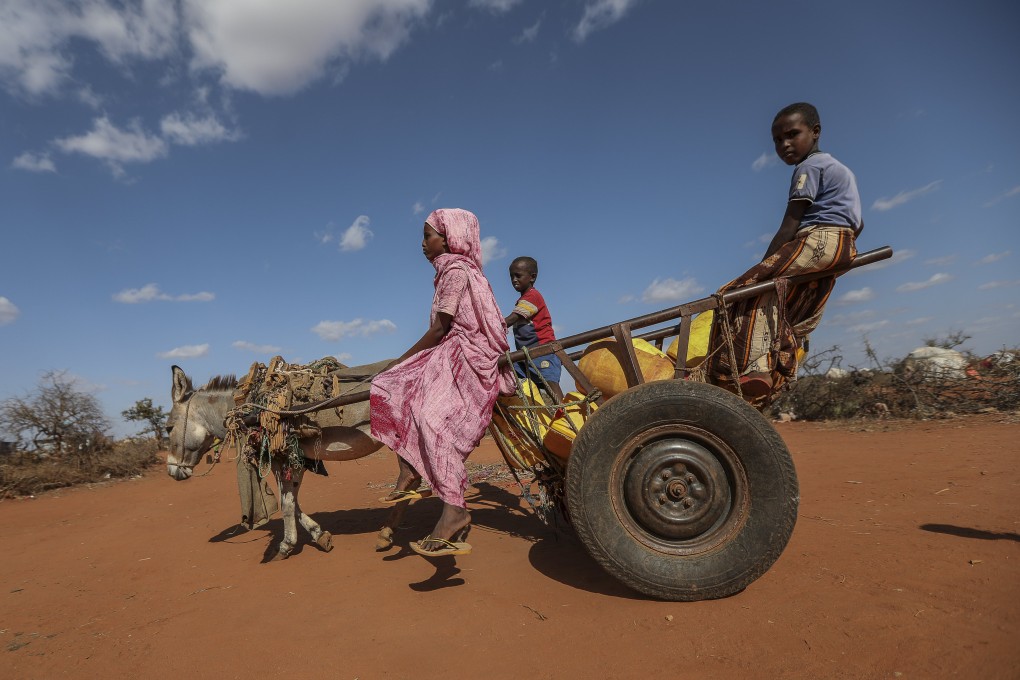Advertisement
Outside In | We need to prepare for a shrinking world population – but will we?
- By 2050, it’s projected only a quarter of countries will have above-replacement fertility rates; by 2100 there will be just six: Chad, Niger, Somalia, Samoa, Tonga and Tajikistan
- While many see upsides to a smaller global population, these demographic shifts will reconfigure the world economy and require societies to be reorganised
Reading Time:4 minutes
Why you can trust SCMP
3

By 2100, just six of the world’s 204 economies will still have growing populations. All of them are small. Three of them are in poverty-stricken sub-Saharan Africa. The rest – including all of the largest economies – will for many decades have been living with shrinking birth rates and steadily ageing populations.
The implications of this demographic upheaval will be huge, and the impact profound – across populations, economies, geopolitics, food security, health and the environment. They mean more elderly dependents than people of working age. Tax-paying populations will decline. National health insurance costs will rise, as will social security burdens. Healthcare infrastructure will struggle to keep up.
If our economies are to avoid shrinking, our productivity per worker will need to rise, and we will have to deal with increasingly severe skill shortages and mismatches. We will have to rely on more immigrants, and on a lot more artificial intelligence and robotics.
So concludes the latest update of a massive study, published last week in the Lancet medical journal, based on demographic analysis for the Global Burden of Disease Study and tracking data over 150 years – back to 1950 and forecasting to 2100. According to co-lead author Natalia Bhattacharjee, demographic changes “will completely reconfigure the global economy and the international balance of power – and will necessitate reorganising societies”.
But as with climate change, we are not very good at developing policies to help us deal with deep, slow, relentless forces like demographic change. Even the deep, fast ones – like the Covid-19 pandemic – have shown how difficult it is for us to collaborate across borders. We can see the changes likely to occur many decades ahead, with clarity and accuracy – but clear foresight has made us no better at developing the policies needed to navigate the challenges.
The study, funded by the Bill and Melinda Gates Foundation, tracks with precision that annual live births worldwide peaked at 142 million in 2016 and fell to 129 million in 2021. The world’s total fertility rate (TFR) has fallen since 1950, halving from 4.84 to 2.23 in 2021. For a society to replace itself, this rate has to be above 2.1. But by 2050, global TFR is forecast to fall to 1.83, and by 2100 to 1.59.
Advertisement
